The Best ETFs to Buy Now
Finding the best ETFs to buy in an uncertain market environment can seem like a tall task, but these five picks are a good place to start.


Exchange-traded funds (ETFs) offer investors a variety of strategies to prepare for whatever the market throws at them – a stock market sell-off, Federal Reserve moves, policy uncertainty, economic instability and just about everything else under the sun.
We kept all these factors in mind as we built this list of the best ETFs to buy now.
Overall, the stock and bond markets have done well in the past 12 months or so, thanks to stabilizing inflation, rate-cut excitement and demand for all things artificial intelligence (AI).
And while uncertainty over what President Donald Trump's tariff policies could have on economic growth and inflation had stocks careening toward bear-market territory, signs of progress on the trade front have sparked a big bounce.
The pace of the stock market's rebound has some concerned. It "has gone way beyond the pause that refreshes, with investors behaving almost as if the trade war is over and done," says Douglas Porter, chief economist at BMO Capital Markets. "While the trade news is no doubt less awful, it's still far from reassuring."
Folks worried about more uncertainty going forward should consider focusing on high-quality stocks or bonds.
Indeed, "quality companies have lost less and recovered faster during periods associated with market falls and deteriorating economic conditions," writes Cameron McCormack, portfolio manager at VanEck ETFs Australia.
And investing in ETFs loaded with strong companies that have proven their ability to navigate an uncertain market makes sense because they spread risk across a basket of stocks.
How do you choose the best ETFs to buy?
Today, we're going to take a look at five of the best ETFs to buy now. This, of course, raises questions about what exactly defines a strong ETF and where we should look for them.
To start, it's generally a good idea to stick to broad-based ETFs. You don't have to put your entire portfolio in an S&P 500 index fund, though doing so isn't necessarily a bad idea, particularly if your account is modest in size, and diversification is difficult.
Sector ETFs and highly specialized single-strategy ETFs can add value under the right circumstances, and you might have reasons for wanting targeted exposure.
But it makes sense to keep those positions relatively small while leaving the bulk of your portfolio in more diversified ETFs.
Costs are also a consideration. It's not going to have a major impact on your long-term returns if you hold an ETF with an expense ratio of 0.08% vs one that costs 0.10%.
Once you reach a certain low-cost threshold, it doesn't move the needle all that much to lower fees by an extra basis point. (A basis point equals 0.01%.) But every dollar you pay in fees is a dollar you no longer have available to grow and compound.
All else equal, it makes sense to buy low-cost ETFs rather than those with higher expense ratios.

The best ETFs to buy now
Investors wondering where to find the best ETFs to buy can take heart in the fact that there have never been more options available.
Popular websites such as Yahoo Finance and Morningstar are just two great tools for DIY investors that offer simple screeners where you rank ETFs based on the specific criteria you're seeking.
Of course, a screener should just be a starting point in your research. You should always take the time to visit the ETF sponsor's website and do a little digging of your own.
With that in mind, let's take a look at the five best ETFs to buy now. Data is as of April 3. Dividend yields represent the trailing 12-month yield, which is a standard measure for equity funds.
Exchange-traded fund (ticker) | Assets under management | Yield | Expenses |
|---|---|---|---|
Vanguard 500 Index ETF (VOO) | $608.0 billion | 1.4% | 0.03% |
Vanguard Dividend Appreciation ETF (VIG) | $101.8 billion | 1.9% | 0.05% |
Vanguard U.S. Quality Factor ETF (VFQY) | $390.0 million | 1.5% | 0.13% |
SPDR Gold MiniShares (GLDM) | $14.3 billion | 0.0% | 0.10% |
iShares 1-3 Year Treasury Bond ETF (SHY) | $24.0 billion | 3.8% | 0.15% |

I am the chief investment officer of Sizemore Capital Management LLC, a registered investment advisor based in Dallas, Texas, where I specialize in dividend-focused portfolios and in building alternative allocations with minimal correlation to the stock market. I am a regular contributor to several financial media outlets including Kiplinger, Forbes and MarketWatch, where I have been writing about stock and fund picks and investing topics for years.

Vanguard 500 Index ETF
- Type: Large blend
- Assets under management: $608.0 billion
- Dividend yield: 1.4%
- Expenses: 0.03%, or $3 annually for every $10,000 invested
Any discussion of the best ETFs to buy must start with a good S&P 500 index fund. This is where the ETF revolution started, and, decades later, it remains one of the best long-term builders of wealth you can buy.
As a market cap-weighted collection of 500 of the biggest American companies, the S&P 500 gives you instant access to industry leaders such as Apple (AAPL), Nvidia (NVDA), Meta Platforms (META) and Broadcom (AVGO). In an uncertain market environment, it makes sense to stick with the biggest and best.
The S&P 500 Index is the most common benchmark for mutual funds, exchange-traded funds, hedge funds and just about everything else under the sun for a reason: It's exceptionally hard to beat over time. In a report published earlier this year, S&P Global found that 90% of active large-cap fund managers underperformed the S&P 500 in the last 15 years.
Virtually every major exchange-traded fund sponsor has an S&P 500 index ETF product, and, by definition, they're all the same, which is literally the point. They all track the S&P 500.
That means the only way to differentiate the funds is by cost. With an expense ratio of just 0.03%, the Vanguard 500 Index ETF (VOO), also one of the best Vanguard ETFs, might as well be free to own. We're talking about $3 in annual expenses for every $10,000 invested.
The iShares Core S&P 500 ETF (IVV) offers identical exposure at the same expense ratio of 0.03%, while the older SPDR S&P 500 ETF Trust (SPY) charges a slightly higher 0.095%.
Take your pick. But whichever one you choose, long-term investors should consider making an S&P 500 index ETF a mainstay in their portfolios.

Vanguard Dividend Appreciation ETF
- Type: Large blend
- Assets under management: $101.8 billion
- Dividend yield: 1.9%
- Expenses: 0.05%
One of the best measuring sticks for quality is a company's history of raising its dividend. Accountants can and sometimes do fudge the numbers on earnings. A creative accountant can even fudge the numbers on sales. But dividends don't lie; they're paid in cold, hard cash.
There is no greater sign of management confidence than a dividend increase. Every additional dollar paid in dividends is a dollar no longer available to cover expenses. It sends a powerful signal that management expects a lot more cash to come in to replace it.
Furthermore, the payment of a dividend encourages good behavior from management. It shows that they take their investors seriously and like to reward them. A CEO who is on the hook to pay a dividend is a CEO who is less likely to blow the company's cash on vanity projects that destroy value.
With this in mind, investors seeking the best ETFs to buy now should look at the Vanguard Dividend Appreciation ETF (VIG).
VIG tracks the S&P U.S. Dividend Growers Index, which includes U.S. companies that have consistently increased their dividends every year for at least 10 consecutive years. The index excludes the top 25% highest-yielding eligible companies from the index to avoid "yield traps," or companies at risk of cutting their dividends.
VIG is not one of Wall Street's best high-yield ETFs, with a dividend yield of not even 2%. But that's OK. The dividend in this case is less about raw yield and more about quality.
The dividend ETF is a who's who list of solid American blue chip stocks such as Broadcom (AVGO), Microsoft (MSFT) and Walmart (WMT).

Vanguard U.S. Quality Factor ETF
- Type: U.S. Equity
- Assets under management: $390.0 million
- Dividend yield: 1.5%
- Expenses: 0.13%
When the world seems a little more chaotic than usual, a focus on quality makes sense. Let's look at one of the best ETFs to buy that's specifically dedicated to identifying quality stocks: the Vanguard U.S. Quality Factor ETF (VFQY).
VFQY is a factor exchange-traded fund, what is sometimes referred to as a "smart beta" ETF. Rather than simply choosing stocks based on market cap or sector, a factor ETF selects stocks based on fundamental or technical characteristics, such as profitability or momentum.
In the case of VFQY, the fund's investments are chosen based on Vanguard's quantitative assessment of a company's earnings and balance sheet quality.
The Vanguard U.S. Quality Factor ETF has some overlap with the S&P 500 and other major indexes, as giants such as Apple and American Express (AXP) are significant holdings.
But the fund's top 10 holdings include lesser-known names, such as industrial stocks Cintas (CTAS) and Trane Technologies (TT).
In typical Vanguard style, you won't have to pay much for this access. The ETF has an expense ratio of just 0.13%.
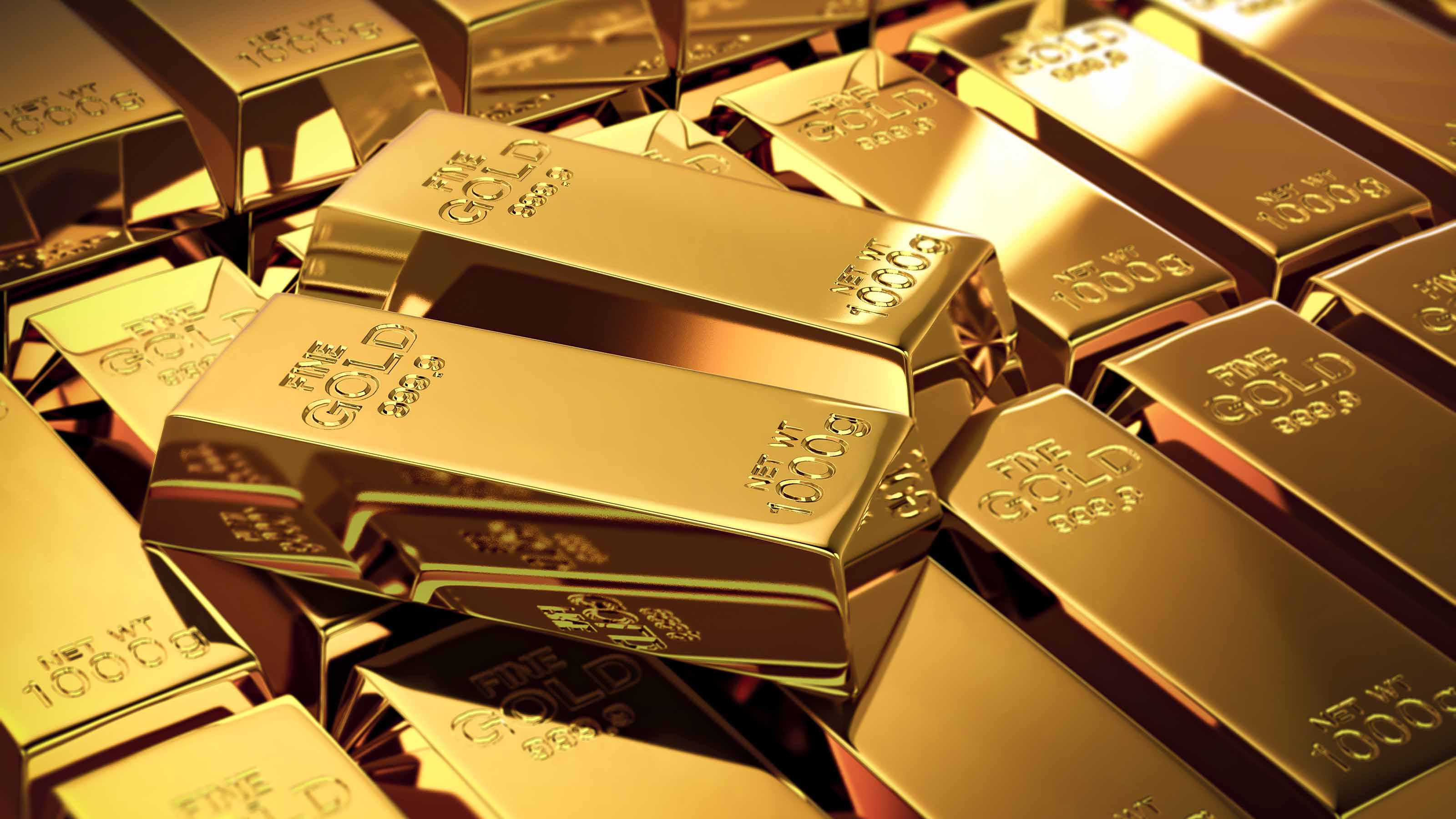
SPDR Gold MiniShares
- Type: Commodities focused
- Assets under management: $14.3 billion
- Dividend yield: 0.00%
- Expenses: 0.10%
There's a lot of uncertainty swirling in the market at the moment. The Federal Reserve has paused its rate-cut campaign amid sticky inflation, and concerns are swirling that policies from the Trump administration will keep price growth elevated.
Volatility is likely to pick up in reaction, so having a crisis hedge such as gold in your portfolio isn't the worst idea.
Investing in gold is not easy for the average retail investor, though. But an excellent – and simple – way to get exposure to the precious metal is via the SPDR Gold MiniShares (GLDM).
GLDM is an exchange-traded fund backed by real, tangible gold bullion. Its share price tracks the price of gold, minus its very modest management fee. This gold ETF is one of the cheapest ways to own the precious metal, as its expense ratio is extremely low at 0.10%.
Having at least a small allocation to gold in your portfolio makes sense in any environment. It makes a lot more sense amid rising uncertainty.
This is why the SPDR Gold MiniShares is on this list of the best ETFs to buy now.
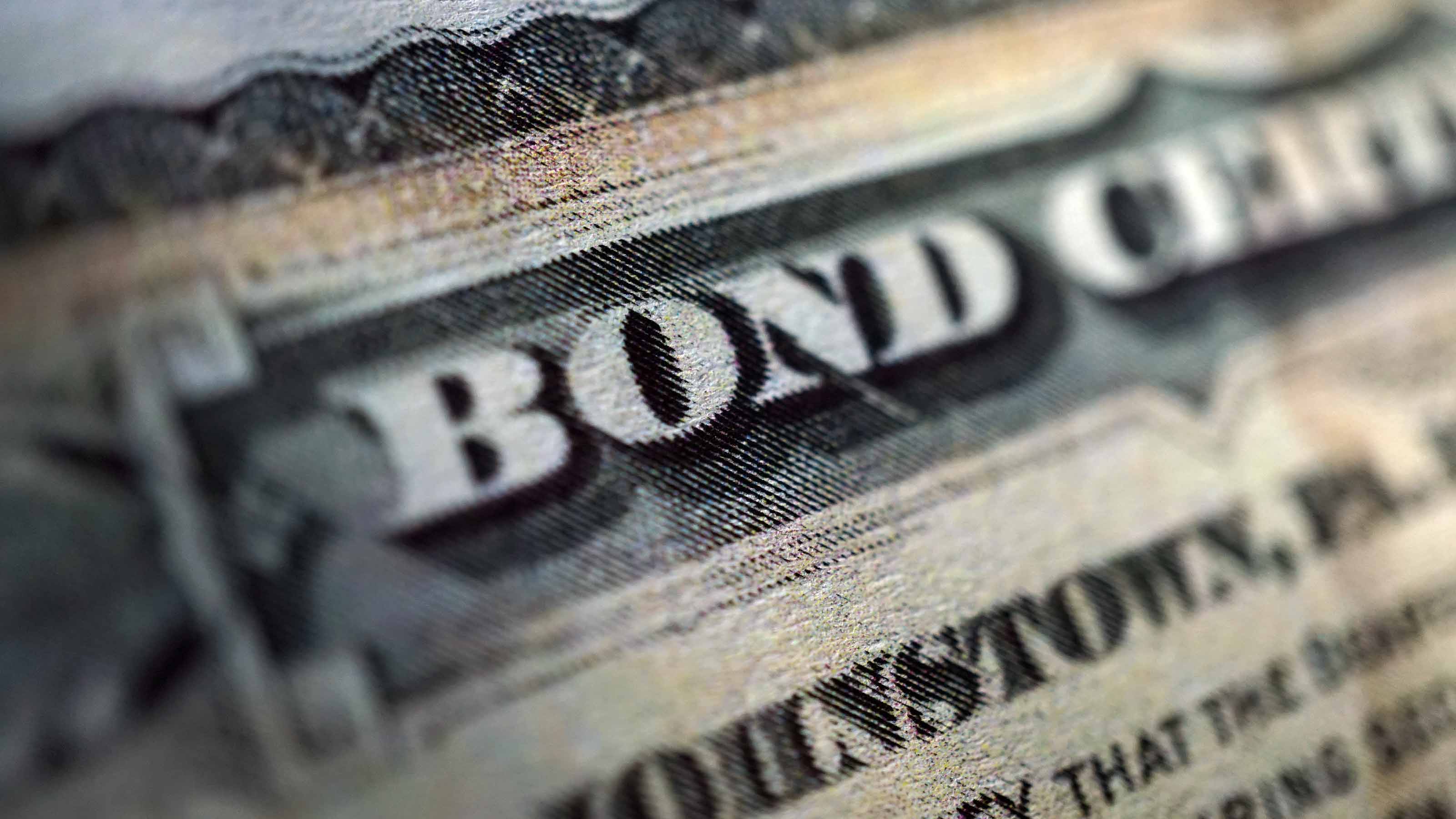
iShares 1-3 Year Treasury Bond ETF
- Type: Short-term bond
- Assets under management: $24.0 billion
- SEC yield: 3.8%*
- Expenses: 0.15%
For a while, the Federal Reserve's rate-hike campaign made short-term bonds a sought-after investment.
Though the central bank started cutting at its September meeting, it has since paused efforts to lower the federal funds rate. As such, current yields of nearly 4% should stick for a little while longer.
That might not be get-rich-quick money, but it's enough to keep ahead of headline inflation without the ups and downs of the stock market.
Consider the iShares 1-3 Year Treasury Bond ETF (SHY). This ETF does exactly what its name suggests. It holds a portfolio of U.S. government securities maturing in one to three years.
There are different ways to measure bond risk. The first is credit risk, or the chance that the issuer defaults and can't pay. Considering the U.S. government controls the printing presses and has the power to tax us all into oblivion, it's safe to say it can pay its debts.
Interest-rate risk is also a factor. When market yields rise, bond prices fall, and not by a small amount. Long-term bonds with maturities of 20 years or more saw worse price declines than the S&P 500 last year.
SHY has no credit risk and, given its short time horizon, very limited interest-rate risk. At a 3.8% yield, the risk-free return for one of Wall Street's best ETFs to buy isn't too shabby, either.
* SEC yield reflects the interest earned after deducting fund expenses for the most recent 30-day period and is a standard measure for bond and preferred-stock funds.
Learn more about SHY at the iShares provider site.
Related content
Get Kiplinger Today newsletter — free
Profit and prosper with the best of Kiplinger's advice on investing, taxes, retirement, personal finance and much more. Delivered daily. Enter your email in the box and click Sign Me Up.

Charles Lewis Sizemore, CFA is the Chief Investment Officer of Sizemore Capital Management LLC, a registered investment advisor based in Dallas, Texas, where he specializes in dividend-focused portfolios and in building alternative allocations with minimal correlation to the stock market.
-
 What's Next for Stocks After a Chaotic Spring
What's Next for Stocks After a Chaotic SpringA chaotic tariff policy buffets investors looking for clarity on the economy and inflation.
-
 Think a Repeal of the Estate Tax Wouldn't Affect You? Wrong
Think a Repeal of the Estate Tax Wouldn't Affect You? WrongThe wording of any law that repeals or otherwise changes the federal estate tax could have an impact on all of us. Here's what you need to know, courtesy of an estate planning and tax attorney.
-
 In Your 50s? We Need to Talk About Long-Term Care
In Your 50s? We Need to Talk About Long-Term CareMany people don't like thinking about long-term care, but most people will need it. This financial professional recommends planning for these costs as early as possible to avoid stress later.
-
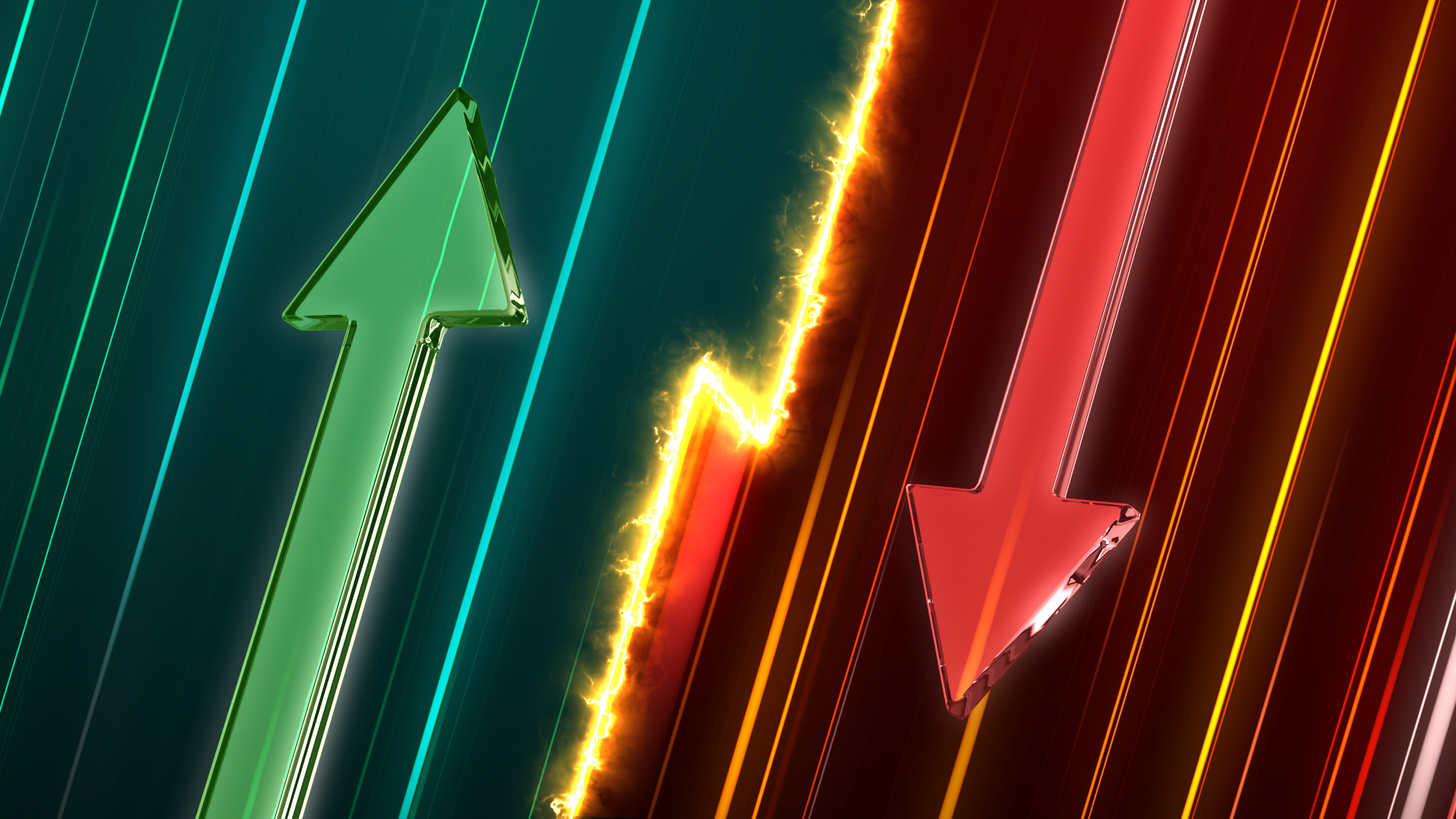 Where to Invest in an Uncertain Market
Where to Invest in an Uncertain MarketIn an uncertain market, you can still pocket juicy payouts ranging from 4% to 14%, depending on risk.
-
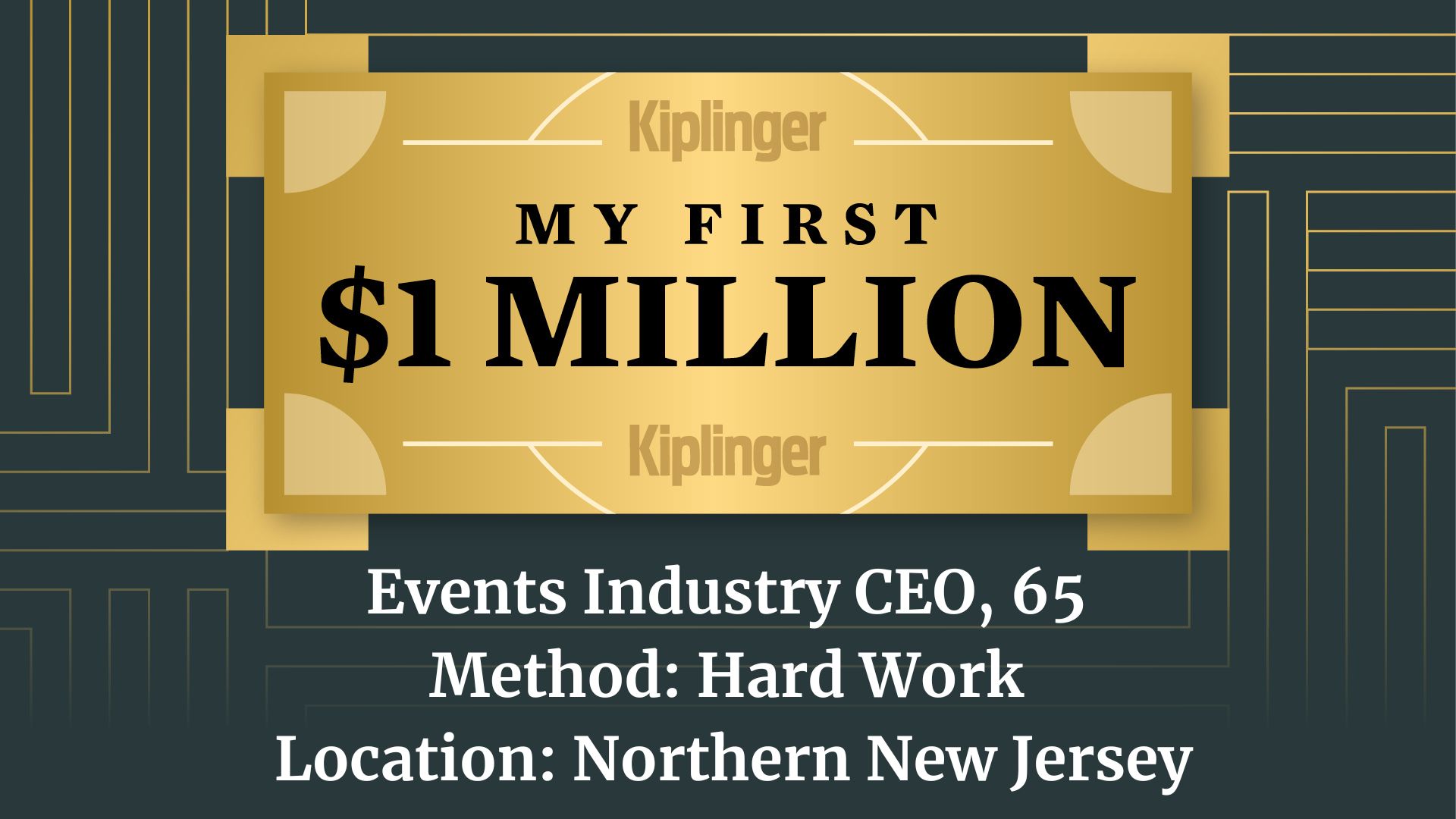 My First $1 Million: Events Industry CEO, 65, Northern New Jersey
My First $1 Million: Events Industry CEO, 65, Northern New JerseyEver wonder how someone who's made a million dollars or more did it? Kiplinger's My First $1 Million series uncovers the answers.
-
 Social Security Pop Quiz: Are You Among the 89% of Americans Who'd Fail?
Social Security Pop Quiz: Are You Among the 89% of Americans Who'd Fail?Shockingly few people have any clue what their Social Security benefits could be. This financial adviser notes it's essential to understand that info and when it might be best to access your benefits.
-
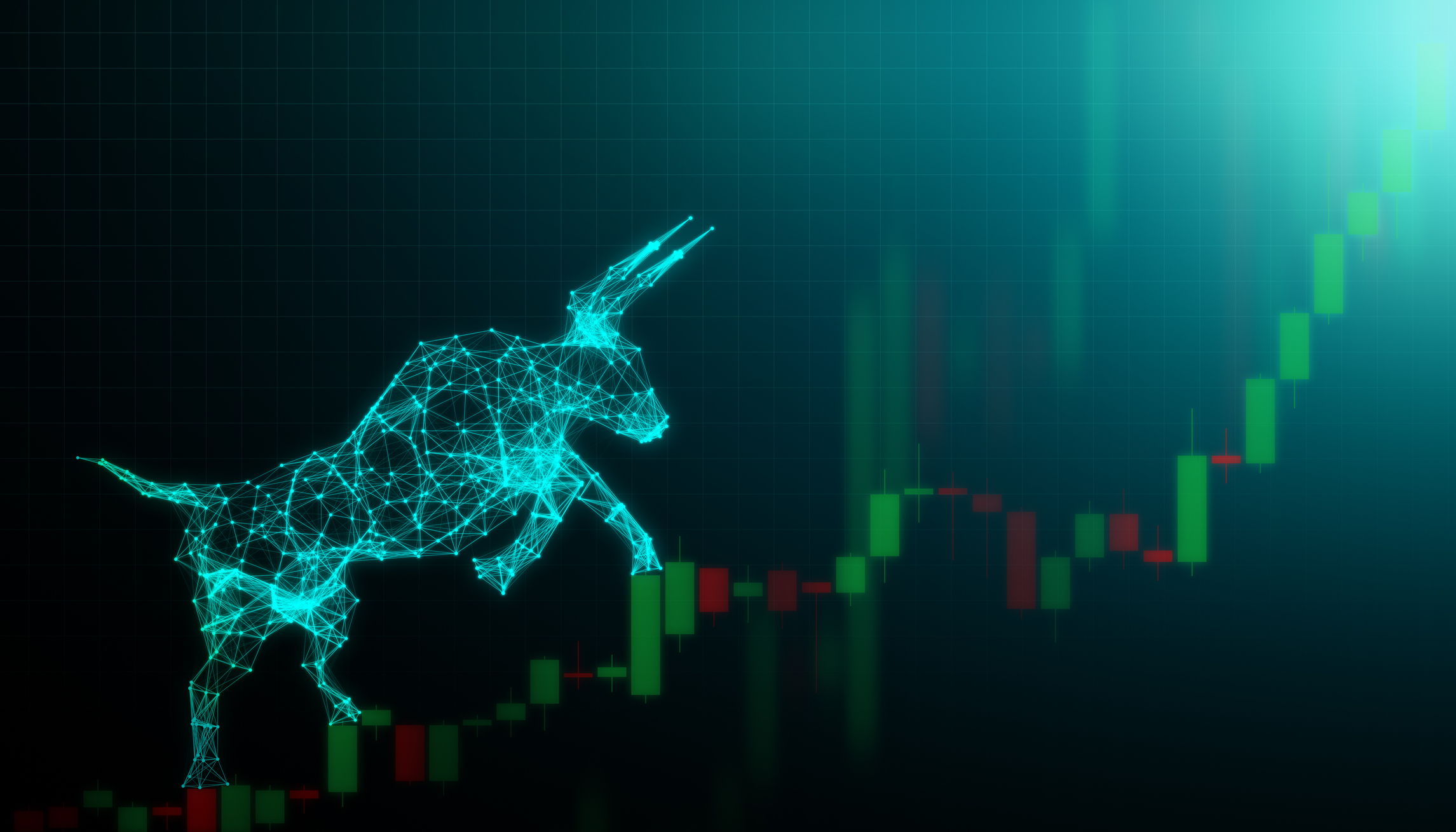 Stock Market Today: Investors Look on the Bright Side
Stock Market Today: Investors Look on the Bright SideA generally good week closes on another positive note, as investors, traders and speculators look for fresh catalysts.
-
 My Three-Day Rule for Investing: And If it Applies Now
My Three-Day Rule for Investing: And If it Applies NowStock Market I've seen a lot in my career. Here's what I see now in the stock market.

